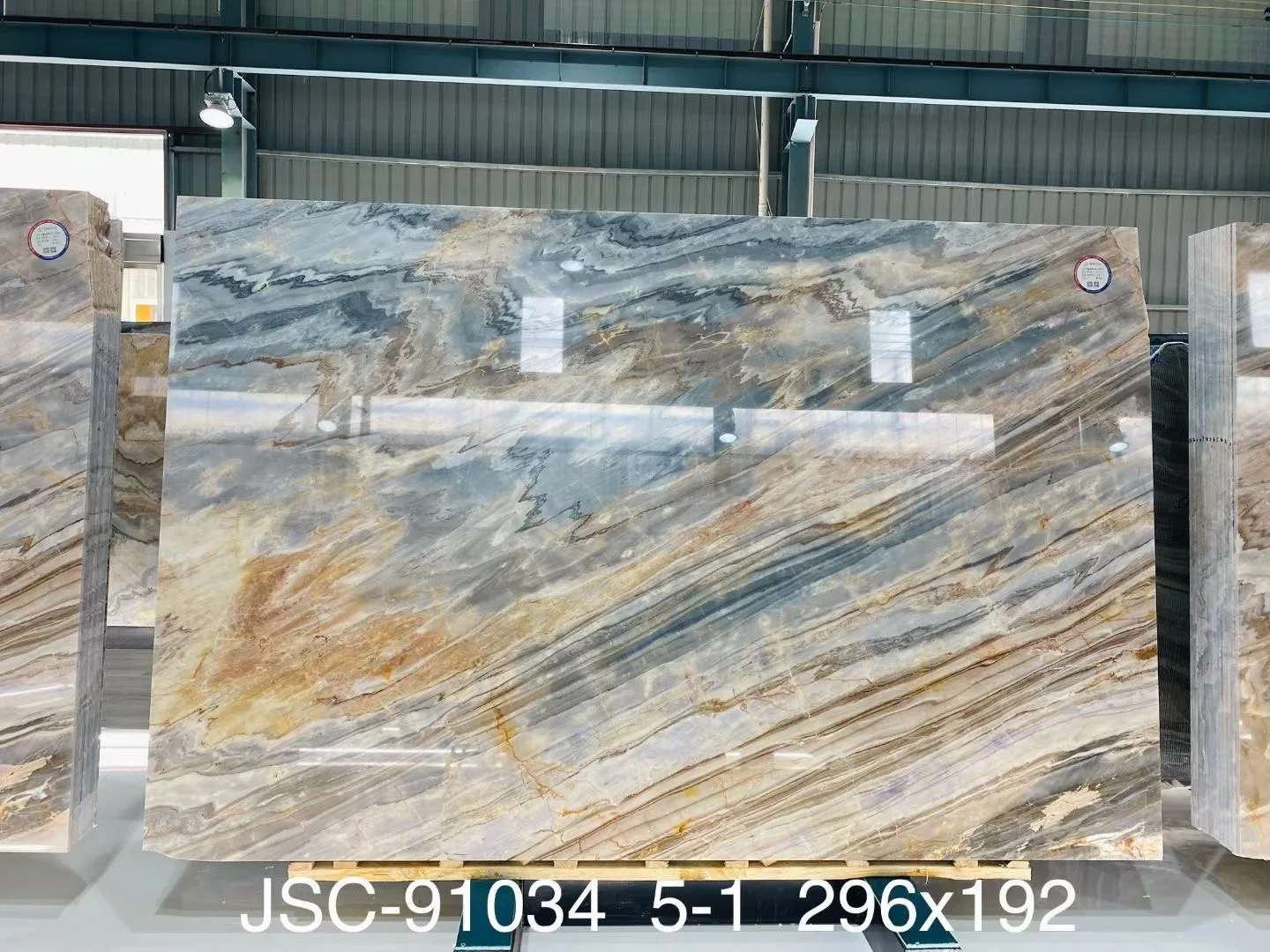Marble quarrying in China has significantly contributed to both the local economy and the global market. However, this activity is also associated with considerable environmental degradation, which poses challenges that demand immediate attention and sustainable solutions.
1. Environmental Challenges
- Deforestation and Loss of Biodiversity: Marble quarrying often leads to deforestation as areas are cleared to facilitate extraction. This loss of trees affects local flora and fauna, leading to biodiversity reduction.
- Soil Erosion and Degradation: The removal of topsoil during quarrying disrupts the soil structure. Without vegetation to stabilize the soil, areas surrounding marble quarries are prone to increased erosion, which can lead to further environmental damage.
- Water Pollution: The quarrying process generates dust and particulate matter, which can contaminate local water sources. Additionally, the use of chemicals in processing marble can lead to water pollution if not properly managed.
- Air Pollution: Dust generated from blasting and transporting marble contributes to air pollution. This not only affects human health but also impacts wildlife and vegetation in the surrounding areas.

2. Sustainable Solutions
- Reforestation Initiatives: Implementing reforestation programs in areas affected by quarrying can help restore lost vegetation, stabilize soil, and support biodiversity.
- Water Management Systems: Effective water management systems can be established to prevent contamination and manage water use efficiently. Recycling water used in the marble cutting process is one such solution.
- Dust Control Techniques: Employing modern dust suppression technologies such as mist cannons or using water during cutting can significantly reduce the amount of dust released into the atmosphere.
- Regulatory Frameworks: Developing strict regulations that enforce environmental protection standards in quarry operations is crucial. Regular monitoring and assessment should be implemented to ensure compliance with environmental laws.
3. Technology and Innovation
- Low-Impact Quarrying Methods: Advances in technology could lead to the development of less invasive quarrying techniques that minimize landscape disruption and reduce waste.
- Eco-Friendly Equipment: Investing in newer, more efficient machinery that consumes less energy and produces fewer emissions can also help mitigate environmental impacts.
- Utilization of Marble Waste: Instead of discarding marble waste, it can be used to create new products such as tiles, paving materials, and even as a raw material for producing cement.

4. Community Engagement and Education
- Stakeholder Collaboration: Engaging local communities, governments, and environmental organizations in the planning and management of quarry activities can lead to more sustainable practices.
- Education and Training: Providing education and training for workers on sustainable practices and environmental protection measures can enhance compliance and efficiency.
Conclusion
The environmental impact of marble quarrying in China is significant, but with the right policies, technologies, and practices, it is manageable. By addressing these challenges proactively through sustainable solutions, the marble quarry industry can reduce its environmental footprint while continuing to thrive economically. Sustainable quarrying practices not only protect the environment but also ensure the long-term viability of the natural resources upon which the industry depends.

